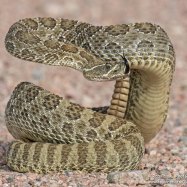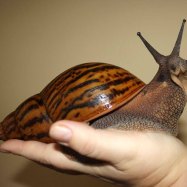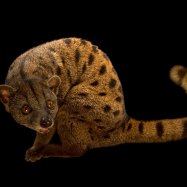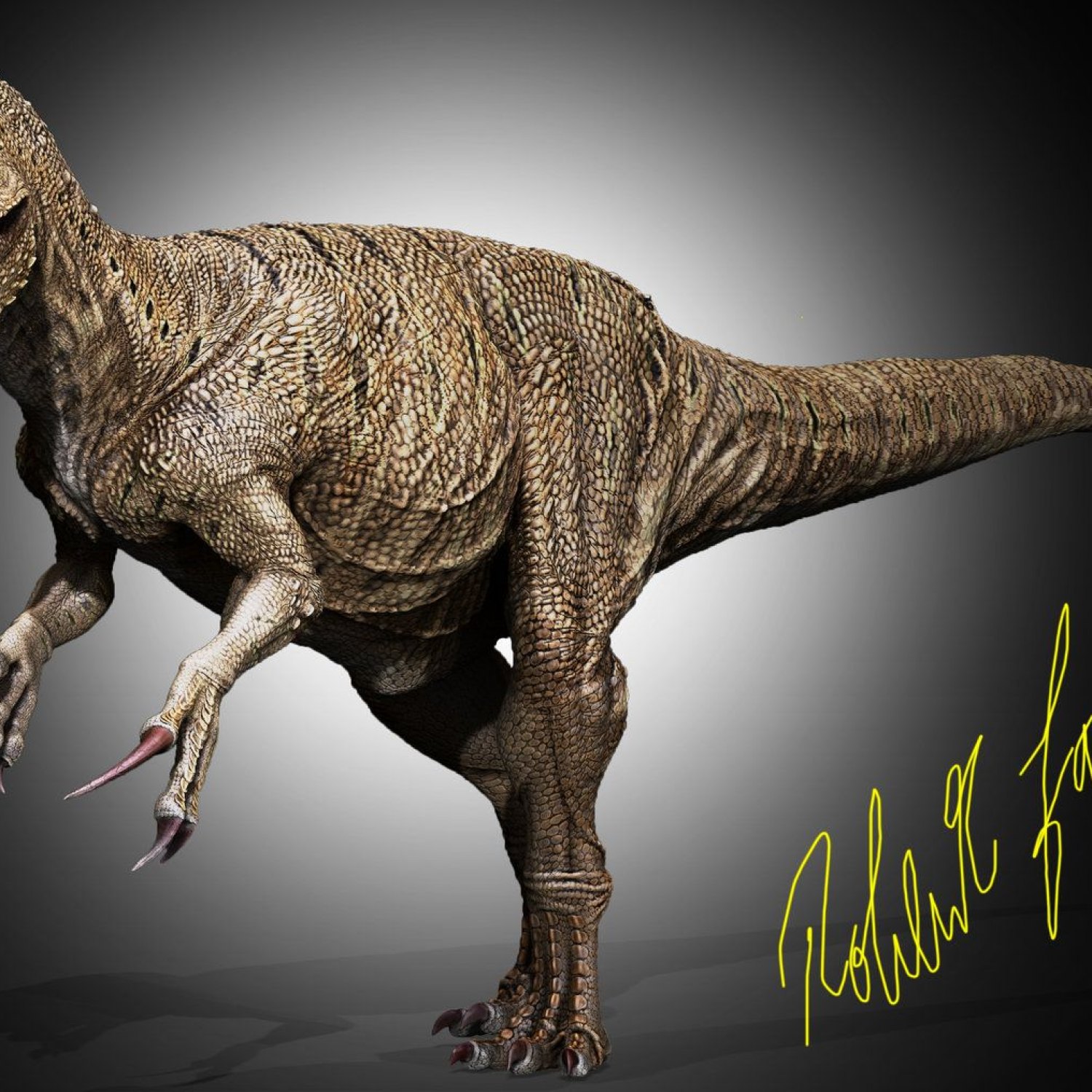
Allosaurus
9-12 meters
Allosaurus, a large and fierce bipedal dinosaur, roamed the western United States over 150 million years ago. With a length of 9-12 meters, this ancient predator belonged to the Allosauridae family and was known for its powerful jaws and sharp teeth. Despite its intimidating appearance, the Allosaurus was a fascinating creature that played an important role in the ecosystem of its time. Today, their remains are studied by scientists to uncover more about their behavior and environment.
Animal Details Summary:
Common Name: Allosaurus
Kingdom: Animalia
Habitat: Terrestrial
The Mighty Allosaurus: A Dinosaur to Fear
Have you ever imagined encountering a creature from the past? A massive beast with sharp claws and teeth, roaming the earth long before humans existed. Well, let me introduce you to Allosaurus, one of the most fearsome and iconic dinosaurs to ever exist.Allosaurus belongs to the kingdom Animalia and is scientifically known as Allosaurus fragilis. It is a member of the class Sauropsida and order Saurischia, making it a distant cousin to modern-day birds and reptiles Allosaurus. The name Allosaurus is derived from Greek, meaning "different lizard," while its species name, fragilis, means "fragile." However, do not let the name fool you, as the Allosaurus was far from fragile.
This article will take you on a journey to discover the fascinating world of Allosaurus, from its physical attributes to its behavior and habitat. So, buckle up and get ready to travel back in time.
Ancient Roots and Geographic Distribution
Allosaurus first appeared on Earth during the late Jurassic period, approximately 156 million years ago. It is believed to have roamed the continent of Laurasia, which later split into North America, Europe, and Africa. Fossils of Allosaurus have been found in all three continents, making it one of the most widespread theropod dinosaurs of its time. However, the largest concentration of Allosaurus fossils has been found in the western United States, specifically in states like Colorado, Utah, and Wyoming.A Closer Look at Allosaurus
One of the first things that come to mind when we think of dinosaurs is their size Asian Arowana. And yes, Allosaurus was massive, with an average body length of 9-12 meters and weighing up to 4-5 tons. This bipedal predator had a large head, a long neck, and a powerful tail, with two short front arms that were equipped with sharp claws. Its body was covered in scaly skin, and its coloration would range from varied shades of brown and green, blending in with its surroundings.Allosaurus, like all other theropod dinosaurs, was a carnivore, meaning it fed on other animals. With its strong and sturdy jaw, filled with teeth that were up to 4 inches long, Allosaurus was a formidable predator. Its teeth were serrated, perfect for tearing flesh and crushing bones. It is believed that Allosaurus hunted in packs, making them even more dangerous and successful in capturing their prey.
The Allosaurus Habitat
Allosaurus was a terrestrial animal, meaning it lived on land. Its habitat was diverse, ranging from wooded areas to open grasslands. This dinosaur could adapt to different environments, as long as food and water were readily available. It is worth noting that during the late Jurassic period, the earth's climate was warmer, with a more tropical landscape, making it an ideal environment for Allosaurus to thrive.The Life of Allosaurus
Allosaurus was estimated to have a lifespan of about 25-30 years, similar to other large theropod dinosaurs. Like modern-day predators, Allosaurus had a fierce and territorial nature. Their strong jaws and sharp teeth gave them an advantage over their prey and other predators.However, despite its ferocious reputation, it is believed that Allosaurus was a relatively intelligent creature. Its large brain, about three times bigger than that of other dinosaurs of its time, allowed it to strategize and plan its attacks on prey. Also, some fossils have revealed evidence of healed injuries, suggesting that Allosaurus cared for its injured members, highlighting both its intelligence and social behavior.
The Downfall of Allosaurus
As with all prehistoric creatures, Allosaurus faced extinction, and scientists have different theories as to what led to its downfall. One prominent theory suggests that the changing climate and competition for resources could have played a significant role in the extinction of Allosaurus. As the Earth's climate gradually changed to colder conditions, Allosaurus had a harder time adapting, leading to a decline in population. Additionally, the emergence of larger predators, such as the Tyrannosaurus Rex, could have also contributed to their extinction.However, even with its disappearance from Earth, Allosaurus continues to mesmerize us with its fascinating characteristics and mysterious nature.
The Presence of Allosaurus in Modern Society
Allosaurus may be long gone, but its legacy lives on through various forms of media, including movies, books, and even theme park rides. The most famous depiction of Allosaurus in popular culture is in the Jurassic Park franchise, where it is shown as a fierce and deadly creature.Moreover, Allosaurus fossils, along with other dinosaur fossils, have been a significant source of study and fascination, helping us understand the Earth's past and its inhabitants better. These fossils have been showcased in museums all over the world, making them accessible for people to learn and appreciate the wonders of the prehistoric world.
The Relevance of Allosaurus in Today's World
You may be wondering, "Why should we care about a dinosaur that has been extinct for millions of years?" Well, Allosaurus, along with other prehistoric creatures, have played a crucial role in shaping our understanding of evolution and the natural world. The study of these creatures has led to significant scientific discoveries, and their relevance is more vital than ever in today's world.For instance, the field of biomimicry, which studies nature to solve human problems, has been influenced by the study of dinosaurs, including Allosaurus. Scientists have looked at the structure and composition of Allosaurus bones to develop stronger and more flexible materials for human use, such as in construction and aerospace industries. This is just one of the many ways Allosaurus continues to inspire and influence the modern world.
Furthermore, the study of Allosaurus and other dinosaurs has also shed light on the impact of climate change and the importance of biodiversity. By understanding the Earth's past and the changes it has gone through, scientists can better predict and mitigate the effects of climate change today, protecting the planet for future generations.
In Conclusion
Allosaurus may be long gone, but its legacy continues to fascinate and intrigue us. From its immense size and ferocious nature to its intelligence and adaptability, Allosaurus remains one of the most iconic and beloved creatures to have ever walked the Earth. Its presence in popular culture and its relevance in today's world showcase the enduring impact of this prehistoric predator. So, the next time you see a T-Rex toy, remember the mighty Allosaurus, a dinosaur to fear.

Allosaurus
Animal Details Allosaurus - Scientific Name: Allosaurus fragilis
- Category: Animals A
- Scientific Name: Allosaurus fragilis
- Common Name: Allosaurus
- Kingdom: Animalia
- Phylum: Chordata
- Class: Sauropsida
- Order: Saurischia
- Family: Allosauridae
- Habitat: Terrestrial
- Feeding Method: Carnivorous
- Geographical Distribution: North America, Europe, and Africa
- Country of Origin: United States
- Location: Western United States
- Animal Coloration: Varied shades of brown and green
- Body Shape: Large and bipedal
- Length: 9-12 meters
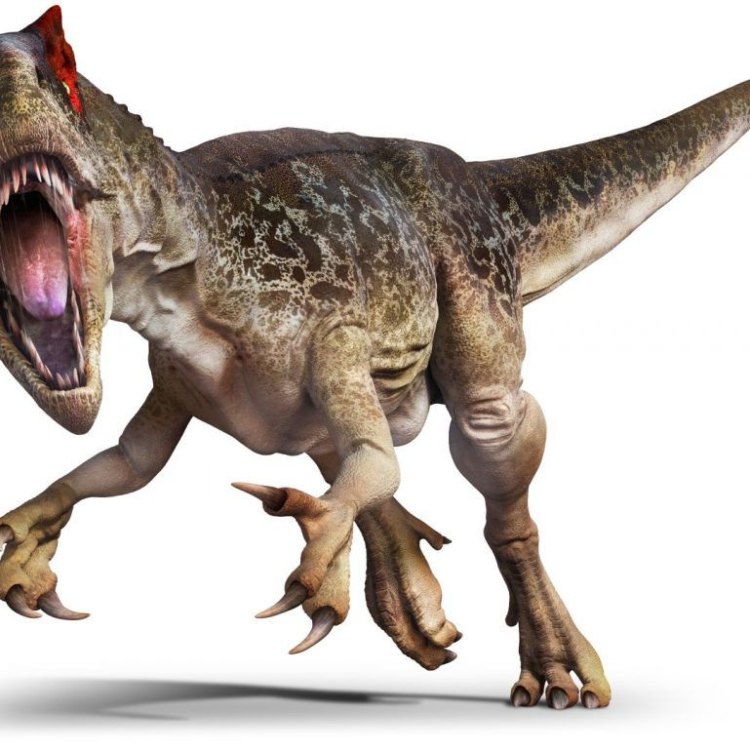
Allosaurus
- Adult Size: Average size of 8-9 meters
- Average Lifespan: 30-35 years
- Reproduction: Sexual
- Reproductive Behavior: Mating season
- Sound or Call: Unknown
- Migration Pattern: Non-migratory
- Social Groups: Solitary or group
- Behavior: Aggressive predators
- Threats: Extinction
- Conservation Status: Extinct
- Impact on Ecosystem: Top predator
- Human Use: Fossils for scientific study
- Distinctive Features: Large head with sharp, serrated teeth
- Interesting Facts: One of the largest carnivorous dinosaurs
- Predator: Hunted other dinosaurs and large herbivores
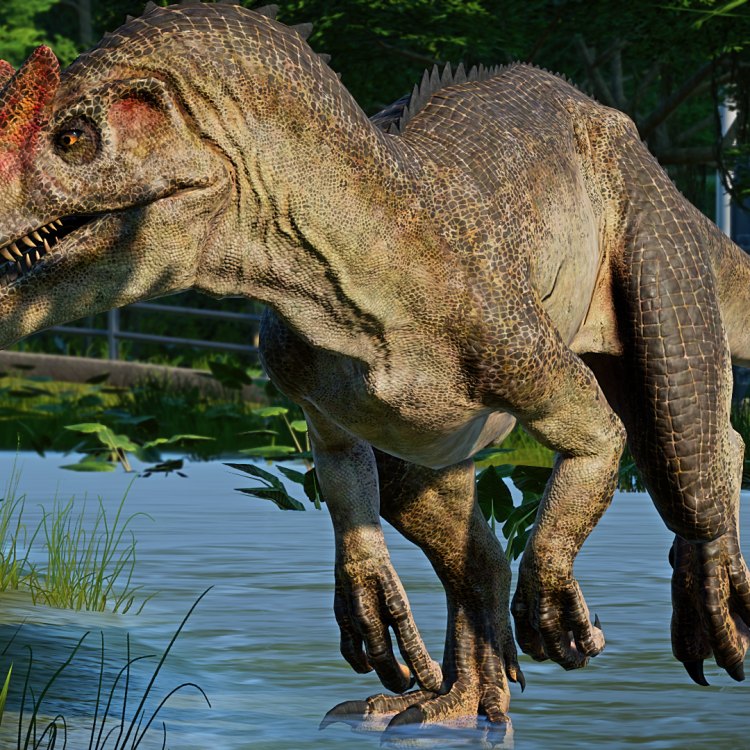
Allosaurus fragilis
Welcome to the World of Allosaurus: A Predator of Epic Proportions
The world of dinosaurs is filled with fierce and fascinating creatures that roamed the Earth millions of years ago. Among them, one stands out for its impressive size, fearsome appearance, and predatory abilities - the Allosaurus. This archetypal dinosaur is a true wonder of nature, and its story is one that has captivated scientists and the general public alike.From its distinctive features to its impact on the ecosystem, the Allosaurus has a unique and intriguing history PeaceOfAnimals.Com. In this article, we will take a journey through time to uncover the fascinating world of this incredible dinosaur.
The Basics: Size, Lifespan, and Reproduction
First discovered in 1877 by American paleontologist Othniel Charles Marsh, the Allosaurus was a large carnivorous dinosaur that lived during the late Jurassic period, approximately 155 to 145 million years ago. It was one of the largest meat-eating dinosaurs of its time, with an average size of 8-9 meters (26-30 feet) and weight of 2-4 tons.But despite its impressive size, the Allosaurus had a relatively short lifespan of 30-35 years. This may seem short compared to humans, but it was quite long for a dinosaur. Researchers believe that the Allosaurus reached sexual maturity at around 10-15 years and could reproduce for at least 20 years.
Speaking of reproduction, the Allosaurus followed a sexual method of reproduction. This means that male and female dinosaurs would come together during a specific time of the year, called the mating season, to mate and produce offspring. However, not much is known about their reproductive behavior or rituals as there is little evidence left behind Asian Longhorn Beetle.
The Sound of Silence: Communication and Migration
It is unknown whether the Allosaurus made any sounds or calls. Unlike some dinosaurs that were known for their loud roars or trumpeting noises, the Allosaurus's vocalization remains a mystery. It is believed that they may have used body language and visual cues to communicate with each other, much like many animals do today.Another enigma surrounding the Allosaurus is its migration pattern. It is believed that these dinosaurs were non-migratory, meaning they stayed in one place throughout their lives. This may have been due to their large size and the abundance of prey in their habitat.
The Lone Hunter: Social Groups and Behavior
The Allosaurus was known to be a solitary animal, although some evidence suggests that they may have also lived in small groups. However, these groups were most likely temporary and formed only during the breeding season.When it comes to behavior, the Allosaurus was an aggressive predator. It had a large head with sharp, serrated teeth that were designed for tearing flesh. These dinosaurs were skilled hunters and could take down other dinosaurs and even large herbivores with ease. They were also known for their efficient scavenging abilities, making use of any leftover prey they found.
The way the Allosaurus hunted has been a topic of debate among scientists. Some believe that they may have been ambulatory hunters, meaning they actively pursued their prey, while others suggest that they may have been ambush predators, laying in wait for their unsuspecting victims.
The Notorious Extinction: Threats and Conservation Status
One of the most well-known and feared predators of its time, the Allosaurus met its downfall alongside many other dinosaurs in the late Cretaceous period. It is believed that a catastrophic event, such as an asteroid impact or a series of volcanic eruptions, caused their extinction.Today, the Allosaurus is considered an extinct species and holds no conservation status. However, its fossils are still valuable for scientific study, giving us a glimpse into the world of dinosaurs and their prehistoric environment.
The Top Predator: Impact on the Ecosystem
The Allosaurus played a vital role in the ecosystem as one of the top predators. As an apex predator, they controlled the population of other dinosaurs and maintained a balance in the food chain. Without the Allosaurus, the ecosystem may have looked vastly different, with overpopulation and depletion of resources.However, their extinction also had a significant impact on the ecosystem. With their absence, new predators rose to the top, leading to a shift in the balance of nature. The extinction of the Allosaurus is a reminder of the delicate balance that exists in the natural world and how the loss of even one species can have a domino effect on the entire ecosystem.
Fascinating Facts: The Legacy of Allosaurus
Apart from its impressive size and predatory abilities, the Allosaurus has left behind a legacy of interesting facts and discoveries. Here are a few of them:- The name Allosaurus comes from the Greek word "allos," meaning different or strange, and "sauros," meaning lizard.
- It is believed that the Allosaurus may have been warm-blooded and had feathers.
- Some fossils of this dinosaur have been found with bite marks from other Allosaurus, indicating they may have been cannibalistic.
- The Allosaurus was one of the first dinosaurs to be displayed in a museum exhibit.
- Its closest living relatives today are birds, particularly raptors like eagles and hawks.
- The Allosaurus inspired the iconic dinosaur character in the movie "Jurassic Park."
The Hunted Becomes the Hunter: Allosaurus as a Predator
While we may never fully understand the life and habits of the Allosaurus, one thing is for sure - it was a formidable predator. Its size, strength, and hunting abilities made it a force to be reckoned with in its time. And although it may have met its demise millions of years ago, its legacy lives on, inspiring awe and fascination in people of all ages.So the next time you come across a depiction of a fierce dinosaur, remember the Allosaurus and its epic reign as one of the largest and most fearsome carnivorous dinosaurs in history.
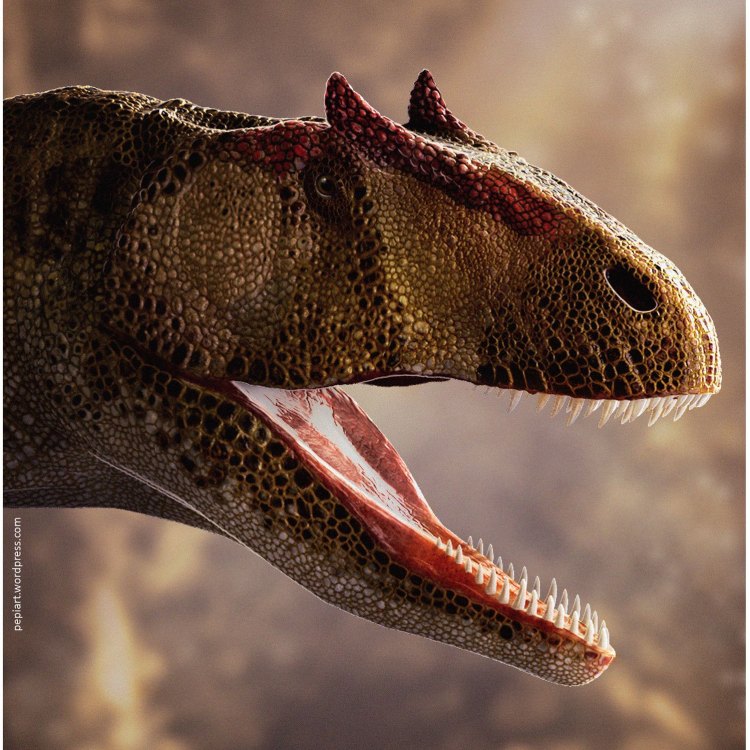
The Mighty Allosaurus: A Dinosaur to Fear
Disclaimer: The content provided is for informational purposes only. We cannot guarantee the accuracy of the information on this page 100%. All information provided here may change without prior notice.




